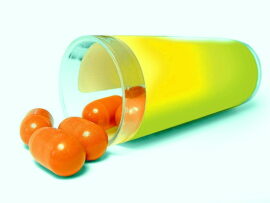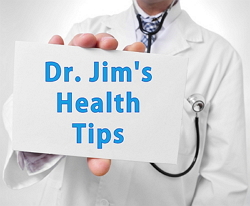
The pharmaceutical companies have a great system of direct marketing to physicians. They send out drug reps in large numbers who go directly to the medical offices and clinics to convince the doctors that their company’s product is better. Pharmaceutical companies are business companies; they promote more expensive medicines. They often come bearing gifts. The prescribers (physicians, nurse practitioners, and physicians assistants) can be misled into costing their patients more with no added benefit. Ask your prescriber whether there is a generic that will be as good. The medical profession is generally very professional but there are a number of bumps in the road.
Another pharmaceutical marketing ploy is direct to patient advertising. TV ads are replete with smiling happy people because of buying expensive meds. Remember the past cigarette ads? If you get interested in asking your doctor for the advertised medicine—do it in the manner of asking for an opinion as whether the medicine will be worth a premium. There are studies showing that patients asking for a specific medicine or test often get it.
Medication’s patent protection lasts 17 years, and then companies other than the developer can apply to produce competitive products, termed generic medications. Generic means without a trade name; generic is the chemical name.
Generic drugs cost 20% or even less than brand named ones because they don’t share the cost of development. Are generic users settling for less quality? No, not at all. The FDA has stringent criteria for approval of generic medications. The chemical composition of active ingredients must be identical and the absorption of the drug must be the same. This means the drug works the same way and is in the same amount. Over 2,000 generic’s absorptions were compared to the brand’s and the generics averaged 96.5%, which provides the same clinical results as the brand name.1 Further, in dozens of medical studies, outcomes were compared and in every case study were identical.2
The FDA monitors both classes of medications for adverse events the same to insure continued quality. Most non-generic drugs have alternatives in the same class, which will suffice. There are diabetes meds that have no generics to do what they do. A possible difference is that generics may have different additives, other than the active ingredients, than the brand names, which can upset a few patients. Overall, there are few if any reasons for paying premiums for the same drug.
Another area of possible savings is in getting a prescription for an over the counter medicine if you take it on a regular basis. A person taking Prilosec at 40mg daily pays considerably more than a $5 prescription of the same active ingredient. There is a yearly savings of $345. If you require higher doses of non-narcotics pain relievers such as Aleve or Advil, there are modest savings with prescriptions. Get informed and be involved.
Tablet splitting can cut your cost for medications in half, but several steps are necessary to insure safety. Some time-release medicines and capsules are not eligible for splitting. Tablets that are FDA approved for splitting will say so in the package insert and will be scored. Some tablets may be split that are not FDA approved, ask your health-care professional. Use a pill splitter and do not split the entire bottle because split tablets can deteriorate over time. Do not split tablets that disintegrate; you can’t be sure of the dosage.
Generally, larger quantities of the same medicines are cheaper. The standard amount is monthly but medicines taken long-term can be purchased for 90 days—cheaper. And it saves the extra trouble of remembering refills and extra trips. Simplify, simplify, and simplify for a better life.
1. Davit BM, Nwakama PE, Buehler GJ, et al. Comparing generic and innovator drugs: a review of 12 years of bioequivalence data from the United States Food and Drug Administration. The Annals of pharmacotherapy 2009;43:1583-97.
2. Kesselheim AS, Misono AS, Lee JL, et al. Clinical equivalence of generic and brand-name drugs used in cardiovascular disease: a systematic review and meta-analysis. JAMA 2008;300:2514-26.

